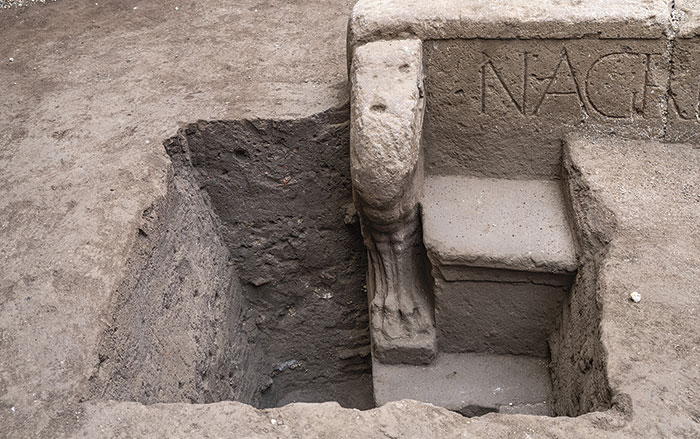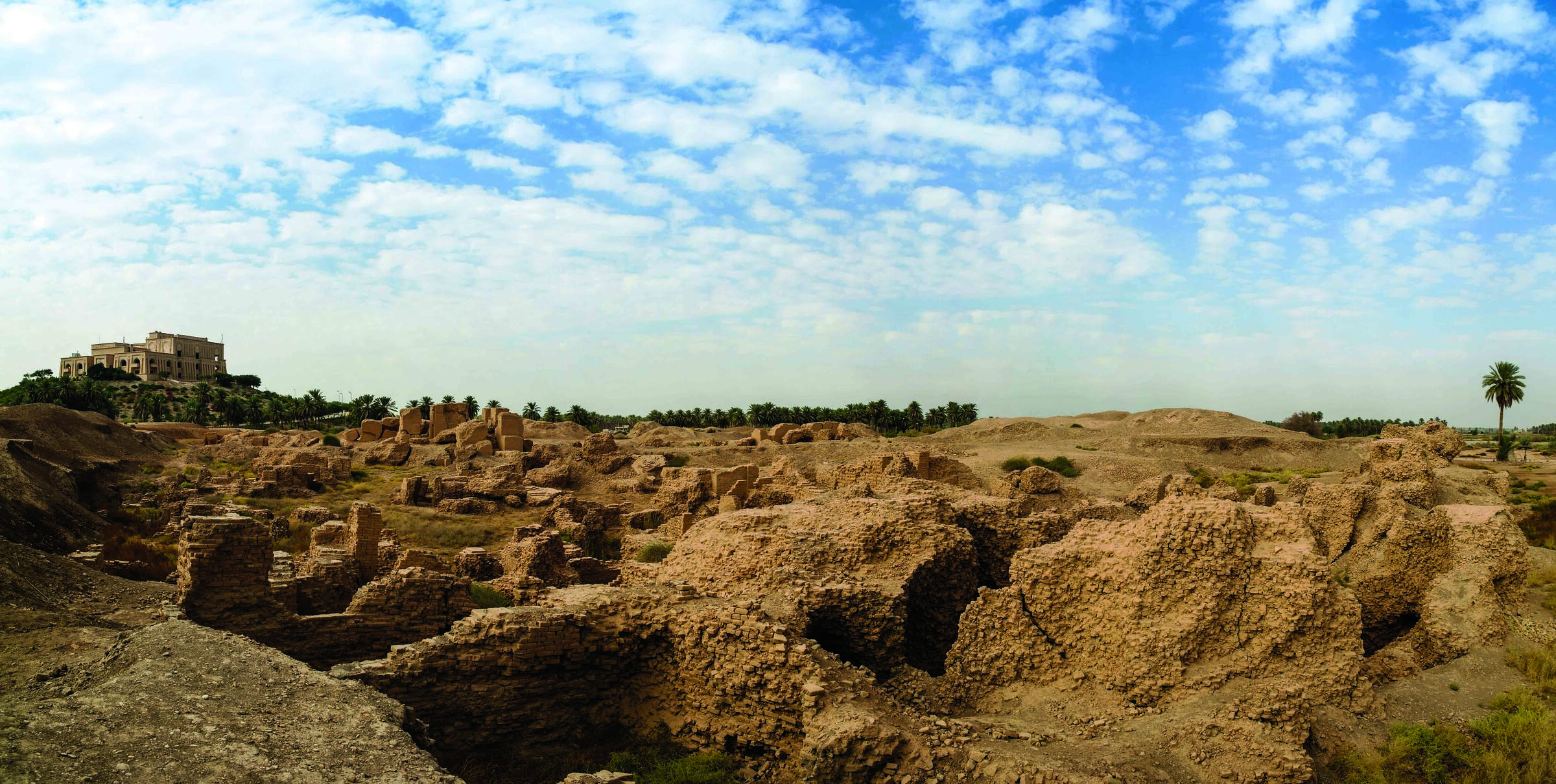
LUND, SWEDEN—According to a statement released by Lund University, researcher Giacomo Landeschi and his colleagues created a 3-D virtual replica of Pompeii’s House of Greek Epigrams for a museum display, and then used eye-tracking technology to record what features of the house drew the attention of the viewers. The elaborate structure, destroyed by the eruption of Mount Vesuvius in A.D. 79, is known for its detailed wall paintings and Greek inscriptions. Landeschi explained that Roman houses were designed to communicate the status and power of the owner to visitors. By tracking the gaze of modern viewers looking at the replica, the researchers hope to glimpse how people experienced the space in antiquity, added team member Danilo Marco Campanaro. Read the original scholarly article about this research in Antiquity. To read about recent excavations throughout the ancient city, go to "Digging Deeper into Pompeii's Past."










